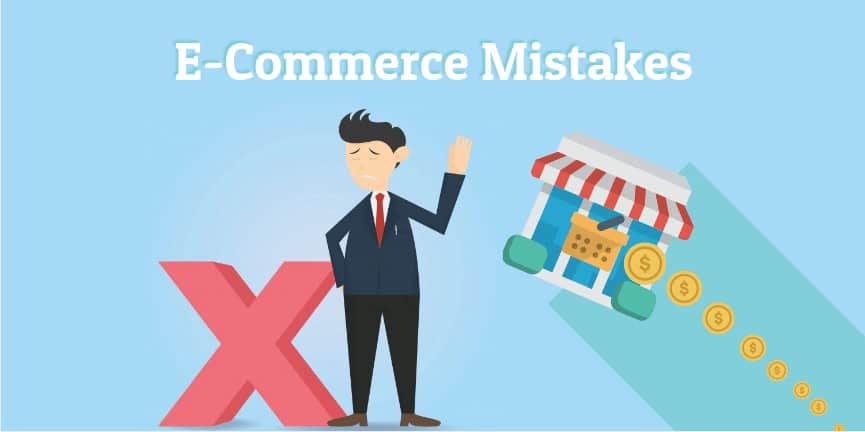Are you a new e-commerce entrepreneur who wants to get off to a good start? Every year, thousands of hard-working adults supplement their income by opening their own online stores. Some succeed, and others don’t. What are the main reasons the unsuccessful ones have trouble getting their businesses up and running? On the other side of the equation, what do the winners do right? The question is as old as business itself, and in the digital age, some of the answers are less than obvious. That’s especially true for first-time owners who might have years of experience in other fields but none in e-commerce. It’s not being negative to focus on the common errors. For some reason, entrepreneurial people related better to the process of finding errors and bugs in their operating styles.
That’s why it’s often more effective to explore the most frequent errors business owners make. Far too many people burn up a lot of time and money on a logo design for their Shopify stores. While having a recognizable logo is an important piece of the success puzzle for established companies, it’s not such a major component for early-stage businesses. Those precious dollars are better spent on a targeted advertising campaign. The logo snafu is just one example of many. Here are some of the other top pitfalls that e-store founders make.
Not Starting Out with Enough Capital
It’s noble to want to start a business even when you have little capital. Putting sweat equity and elbow grease into an important effort is praiseworthy but can be exceedingly frustrating. Luckily, there are ways around lack of capital dilemmas. Entrepreneurs often find that taking out personal loans is a commonsense way to cover some or all upfront expenses associated with a startup. Personal loans offer several advantages for first-time owners, primarily the fact that sensible borrowing helps them establish credit. Additionally, when you take out a personal loan, you can tailor the terms to fit your budget and the amount of cash you need to purchase crucial equipment.
Adding Too Many Blah Products
Avoid the very human urge to populate your new store with too many products. It’s far better to start slowly, with between 20 and 50 items, than to go all out and place hundreds of things on the menu. You’ll often come across Shopify and other platform users who fall into this rut. Often, they have otherwise attractive, functional e-stores, but it’s obvious that they’ve committed the common mistake of product overpopulation. Owners tend to give too much importance to building a brand at the expense of creating a niche. Think about how you want to differentiate your store. There are many e-commerce sellers out there, so it pays huge dividends to set your shop apart however you can. Some sellers add a few handmade products or art-related items along with top selling kitchen and tech offerings in order to create a unique personality for their shops.
Ignoring the Perfect Mobile Experience
Yes you need quality content in your marketing strategy but it’s unforgivable in the digital age to set up a website without double-checking that every feature is 100% mobile friendly. Check out a few of the newer e-stores, and it’s apparent that only about half of the owners meet this criterion. In an era when mobile shopping is beginning to dominate the entire retail sector, there’s no excuse to miss out on making your store as mobile-friendly as possible.
Being Vague About Your Policies
Vagueness about store policies is one of those things that irks consumers, yet some entrepreneurs are clueless about the situation. What’s it mean to be clear about your policies? It means putting a short but comprehensive statement near or at the bottom of every page on the site. Consider placing the statement higher on the check-out or shopping cart page. People want to know how you handle returns, whether they can get a break on shipping costs if they make multiple purchases, and how long it takes for credit purchases to show up on their bills. Of course, your specific policy statement should include more than just those few items, but the point is to be clear and honest about the guidelines you’ve created for buyers. Don’t leave potential customers in the dark. Let them know you’ve taken the time to anticipate their needs.
- 10GbVPS Review – Review Their VPS Hosting Services (2024) - June 1, 2024
- BlueServers Review – Unbiased Look at Their Dedicated Hosting Services (2024) - June 1, 2024
- 10 Best Programming Languages For Web Development - February 27, 2024

